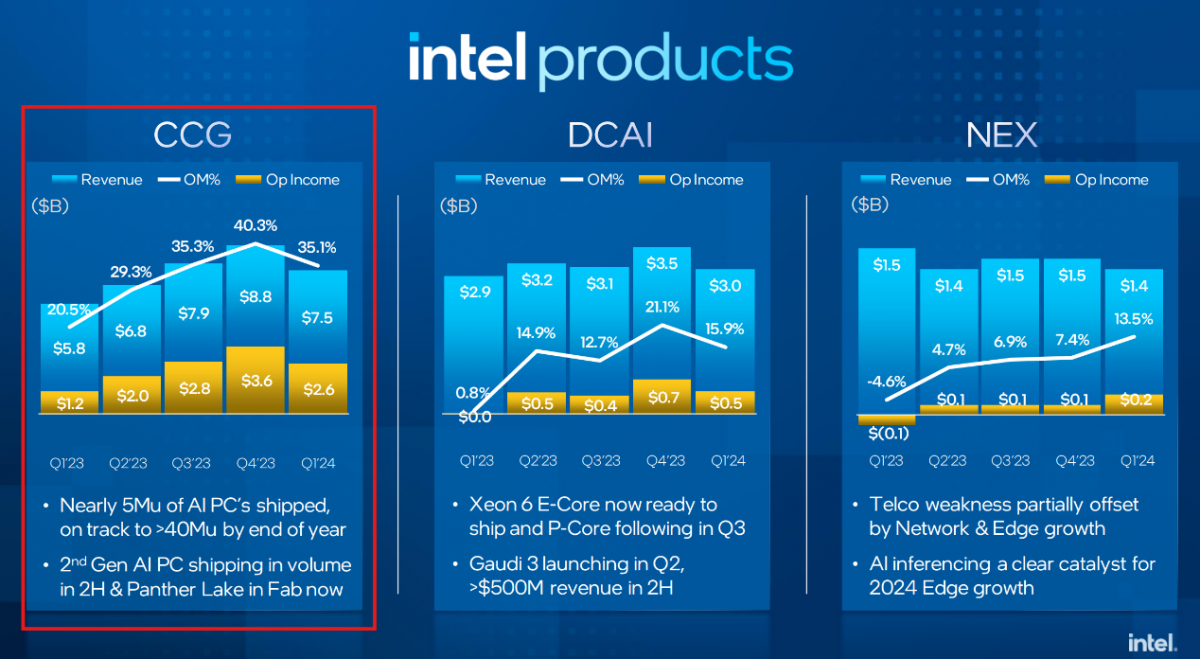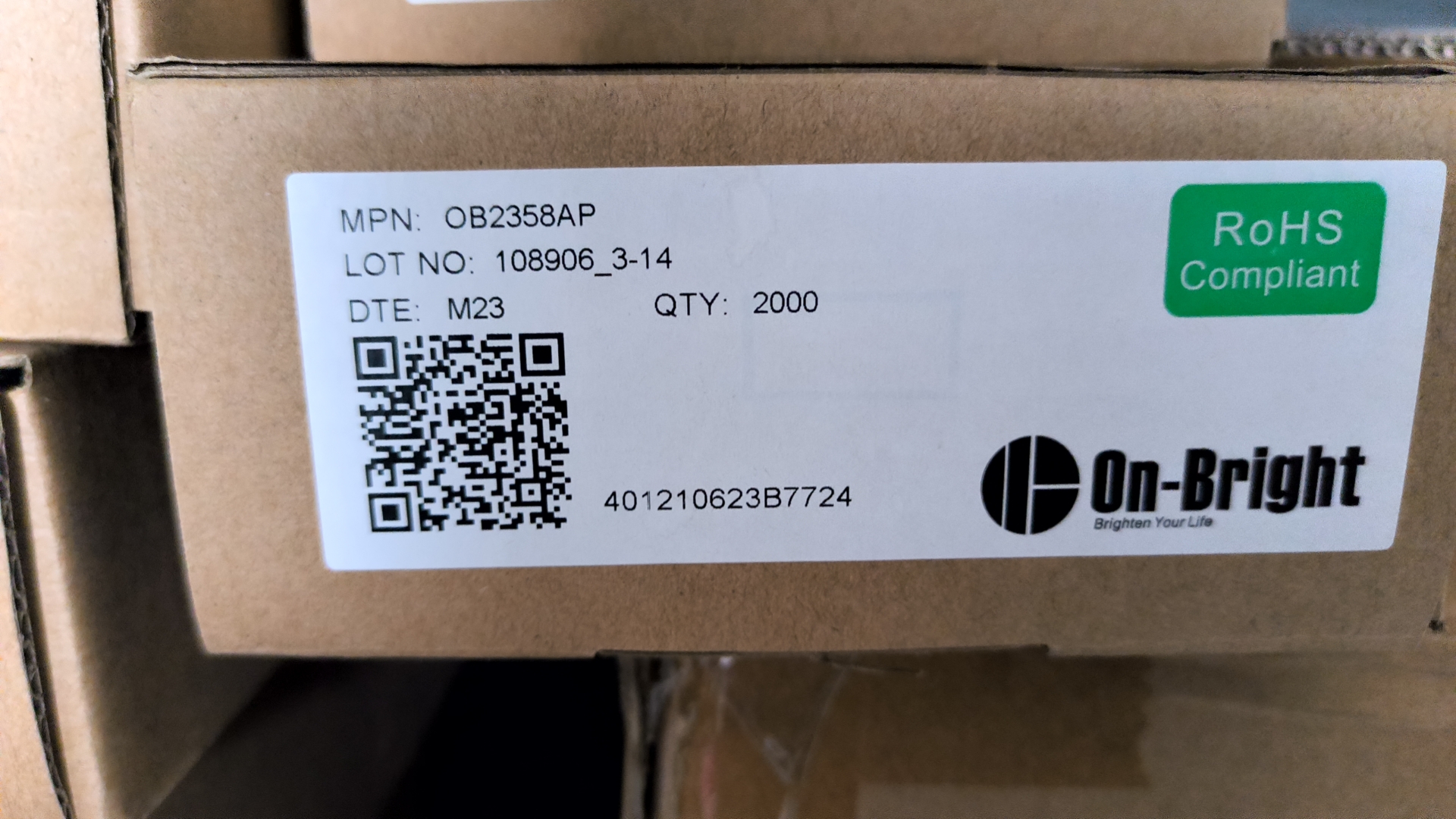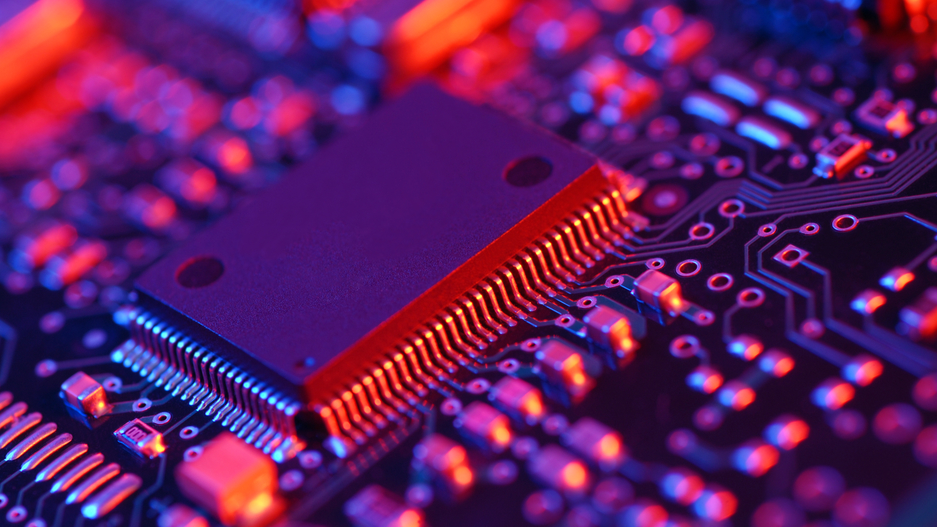The PC market is starting to rebound: Arm is on the offensive and Nvidia may want to build CPUs
2024-06-05 12:32:39

The PC market is starting to rebound: Arm is on the offensive fiercely, Nvidia may want to build CPUs...
To observe the rise and fall of the consumer electronics market, the most important thing to care about is undoubtedly a mobile phone, and a PC. In the past quarter, I often heard the industry talk about the recovery of the market, and whether this topic is convincing or not depends mainly on whether the mobile phone and PC markets have recovered.
According to Gartner, global PC shipments fell 14.8% in 2023 to a total of 241.8 million units — the worst year on record with Gartner and the first time since 2006 that annual shipments fell below 250 million units. Following the downturn in 2022, this wave of market is quite rare in PC history. IDC mentioned in last year's Q4 report that in the past four years, the PC market has definitely been the most exciting "roller coaster" in the up and down process of different technology categories.
However, since the fourth quarter of last year, the situation has been different. Intel's FY23Q4 quarterly report has shown that its CCG (Client Computing Group) business, that is, the business line with Core/Core Ultra processors as the main component, has seen a rare year-on-year rebound of 33% in revenue and a 451% increase in operating profit.
The situation was similar in FY24Q1, with CCG revenue of $7.5 billion up 31% year-on-year. Although this growth figure may still be "attributed" to the previous revenue figures, the promotion of AI PCs in the past year seems to be fruitful.
The changes and fierce competition in the PC processor market are still very variable this year - for example, although Intel's PC processor revenue has risen, the market share data is not very good. Based on the analysis of the market data and competitive landscape of the organization, this article attempts to talk about the future changes in the PC processor market.
PC shipments rose slightly
In terms of PC shipment data in Q4 last year, there is still a difference between the values given by IDC and Gartner. IDC believes that global PC shipments fell by 2.7% in the quarter; Gartner data showed that PC shipments rebounded slightly by 0.3%. This is also normal, after all, statistical methods and scopes can vary. However, there is little difference between the two sides in terms of the statistical shipment base, which is around 65 million units.
Here we prefer Gartner data. According to Gartner, this is the first rebound in PC shipments after eight consecutive quarters of decline. Gartner analysts mentioned that inventories are normalizing in the fourth quarter of 2024 – keep in mind that PC inventory numbers have been at high levels for the past two years. "A small increase means that supply and demand are finally balanced. But this could also change due to the expected module price hikes in 2024, geopolitical and economic uncertainties. ”
For the time being, only Canalys has released global PC shipment data in Q1 this year - this statistical agency believes that PC shipments in Q1 2024 will be 57.2 million units, a year-on-year increase of 3.2%. Among them, notebook shipments were 45.1 million units, an increase of 4.2%, and desktops were 12.1 million units, a slight decrease of 0.4%. Canalys believes that this number indicates that the demand for PCs continues to pick up in various fields, mainly driven by the Windows 11 operating system replacement and the AI PC trend.

Source: Canalys
"Suppliers and channels are currently in the final stages of an inventory correction, and macroeconomic conditions in some markets continue to limit demand." "But the timing of the change is strong, especially in the commercial market." The market will continue to move higher in the coming quarters as customers prepare for a massive shift to Windows 11. Today's PC base is huge, and these PCs are older than ever, which is a huge opportunity for OEMs and their partners. ”
"In the second half of this year, more AI-capable PCs will go to the market, which will also bring market growth, which will provide demand innovation and attractiveness for users who have not purchased PCs during the downturn in the post-epidemic era." Canalyst expects that about 50 million of the PC devices shipped in 2024 will be AI-capable, which means that dedicated AI accelerators such as NPUs will be integrated. This is in line with Intel's previous AI PC expectations.
It's just that the current rise and fall of the PC market is still not quite the same in different regions. At present, Gartner is the only company that publicly provides data on the rise and fall of PC shipments based on geography. Gartner mentioned that the U.S. market grew by 1.8% in Q4 last year, showing consumer confidence, and the U.S. economy is moving forward for small and medium-sized enterprises to increase their PC spending - large enterprises are still cautious about PC replacement, and PC replacement is expected to occur in 2024.
EMEA (Europe, Middle East & Africa) and North America saw good growth overall. EMEA's PC market grew by 8.7% in Q4 last year, fully reflecting that "inventory levels are finally becoming manageable", but uncertainties remain, whether it is changes in supply and demand or a higher interest rate environment that makes it more expensive for the channel to keep inventory.
In particular, PC shipments in the Asia-Pacific region still fell by 8% in Q4 last year, marking the seventh consecutive quarter of market declines in the region: notebooks and desktops are both falling (data for Q1 this year is not yet known). Among them, the decline in PC shipments in China is still the main reason, and it is said that the decline has reached double digits. This can also be seen by observing the financial reports of major international chip companies and the changes in revenue in China.
In addition, the market share changes of different PC OEMs are also given here, and the top 5 global market shares have basically not changed much.

AMD's market share is still growing
Over the past 2-3 years, we have been tracking the trend of market share changes in PC processors. Since 2018, the pattern of the PC processor market has been quietly changing: at least Intel alone has long since disappeared from the situation where it is a few streets away from competitors. The old competitor AMD, and the new Arm ecosystem have encircled Intel in the notebook, desktop, and server markets.
Putting aside Arm's roughly 10% share of the PC processor market, AMD has indeed gradually eaten into Intel's market since 2018. According to data from Mercury Research this season (2024Q1), AMD has once again eaten more share with the fourth-generation Epyc processors in the server market and the Ryzen 8000 series processors in the PC field.
In the three categories of servers, desktops, and notebooks, AMD's market share in Q1 this year has reached 20.6% based on shipments, and 16.3% based on revenue; Although the month-on-month increase was limited, the year-on-year growth was 3.6 and 3.8 percent, respectively. And the market has grown so slowly in the past few years to reach its current share.

AMD's share change in the x86 PC processor market, source: tom's HARDWARE
Here we will only focus on the desktop vs. notebook market as a PC. In the desktop CPU segment, AMD's market share in terms of shipments was 23.9%, compared to 19.2% based on revenue. These two values were 19.2% and 15.4% respectively in the same period last year. You must know that in 2016, AMD's market share in this field was only about 9%.
In the notebook market, AMD's processor share was 19.3% based on shipments and 16.3% based on revenue. In 2018, when Mercury Research had a record, AMD's share of the market was less than 10%, indeed doubling its market share. AMD mentioned in its financial report that the increase in the market share of notebook processors this year has a lot to do with the release of Ryzen 8040 series notebooks. It's just that from a quarter-on-quarter perspective, Intel has taken back about 1 percentage point of the market. This should be related to the further distribution of Intel Core Ultra generation processors.
Also from a report from Mercury Research, the latest data available for the proportion of Arm processors is in Q3 last year: Arm SoCs accounted for about 10.6% of the PC market share in the quarter. This value is obviously a significant increase from the 2%-3% share in 2020, but it has also declined to a considerable extent compared with the 14.6% share in 2022. Note that this value cannot be directly compared with the value of AMD or Intel above, because the share share given above is only the x86 market (100% of AMD + Intel share).
The 10.6% market share comes mainly from the Arm-based M-series chips used in Apple's Mac devices, as well as a small number of Chromebooks. In April last year, Counterpoint gave a figure that expected Arm to account for 25% of the PC processor market by 2027, with Apple accounting for 90% of it. Of course, this figure may need to be corrected from the number of Macs shipped in the past 1 year compared to the situation on the side of x86 PCs.
But there is no doubt that the situation is becoming more and more unfavorable for Intel: the market share of more than 90% before 2017 has now fallen to 70%. With the recent release of Qualcomm's Snapdragon X Elite processors and Microsoft's new Surface devices, the situation may be even worse.

More and more volume of the competitive situation
Not long ago, Arm just talked about that in the next 3 years, Arm-based PCs will win a large market share of Windows computers, and in addition to Qualcomm, more chip players are ready to enter the game. The rumored companies that are ready to attack the PC processor market also include MediaTek and Nvidia.
MediaTek has been rumored to push PC processors for a long time. As for Nvidia: In October last year, Reuters reported that Nvidia was going to build Arm CPUs. Recently, there have been more and more rumors and so-called leaks about Nvidia PC CPUs - rumors that Nvidia CPU processors based on Cortex-X5 will come out in 2025, and even foundry factories are looking for Intel. At the same time, this PC processor will integrate NVIDIA's iGPU in order to truly gain a foothold in the era of AI PCs.
Rumors are just rumors after all, and it is not yet possible to confirm them. But the offensive of the Arm camp in the PC market is indeed strengthening: Apple's just-released M4 processor, in the words of foreign media, can beat Qualcomm, Intel, AMD's latest processors all over the place, from single-core and multi-core performance to energy efficiency and power consumption.

On the other hand, Microsoft's Surface Pro and Surface Laptop computers are fully powered by Qualcomm Snapdragon X Elite processors, which are Qualcomm's new achievements after acquiring Nuvia, self-developed microarchitecture processors based on the Arm instruction set. At the press conference, Microsoft claimed that its performance can beat that of MacBooks with Apple's M3 chips, and the energy efficiency is even more brilliant - making the battery life of Windows laptops surpass that of MacBooks for the first time.
This is the first time Microsoft has taken Windows on Arm to the fore as the unquestioned protagonist. What's more, Microsoft announced that the 24H2 update for Windows 11 will add a new escape layer called Prism to allow x86 applications to run on Arm processors in order to make the transition to the ecosystem. While Microsoft has done a similar escape layer before, this time Microsoft thinks Prism will be as efficient and performant as Apple's Rosetta on macOS.
At Computex this year, Intel may be about to release the Lunar Lake processor that will be ready to be launched at the end of the year, which is the next generation of Meteor Lake. Recently, Intel also announced that the CPU core performance of the Lunar Lake processor will surpass that of the Snapdragon X Elite and Apple M3, with a 1.5x increase in core graphics performance, and a 3-4x increase in NPU scale, continuing to promote the construction of the AIPC ecosystem, and greatly optimizing the overall energy consumption performance of the processor in order to improve the battery life of Windows PCs. It's really rolled up wave after wave.
We said earlier that at the moment when Moore's Law was almost invalid, the PC processor market has set off waves of small climaxes in the past 5 years, which has never been seen during the past period when Intel dominated the market. 2024-2025 is probably another fierce battle between PC processors.










